Increased housing supply created under the zoning reforms could bring an estimated 70,000 to 97,000 new transit riders to the city’s subway, bus and commuter rail lines—bringing an additional $224,188,000 to $309,224,000 per year to the MTA’s coffers, a new report found.
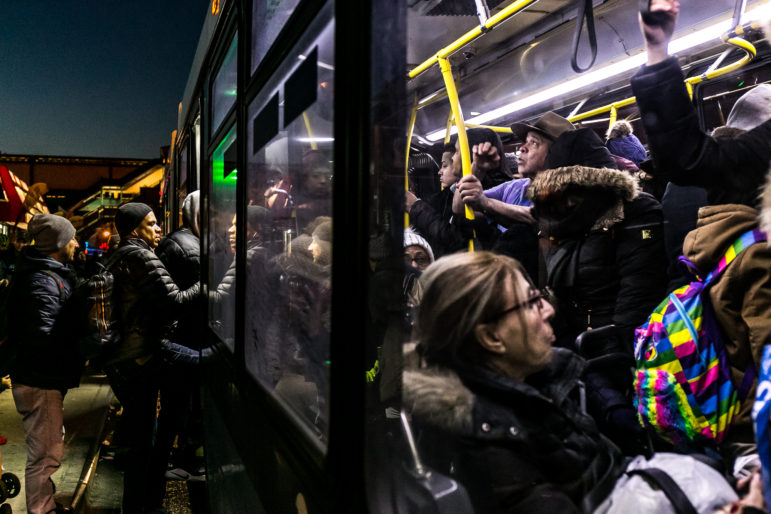
Adi Talwar
Commuters boarding a Bx12 (Select Bus Service) in the Bronx in 2018.Earlier this month, the New York City Council adopted a revised version of Mayor Eric Adams’ City of Yes for Housing opportunity plan—what officials say will create an estimated 80,000 new homes over the next 15 years by updating zoning rules to make it easier to build new housing citywide.
It could also create an “unforeseen” boost in MTA ridership and revenue, according to a recent analysis by the Permanent Citizens Advisory Committee to the MTA (PCAC).
The increased housing supply created under City of Yes zoning reforms could bring an estimated 70,000 to 97,000 new riders to the city’s subway, bus and commuter rail lines—resulting in an additional $224,188,000 to $309,224,000 per year for the MTA’s coffers, the new report found.
“Transit and housing go hand in hand…and City of Yes really opens the doors to see a lot of new opportunities in transit, and benefits to riders,” said Benjy Ross, a PCAC intern who produced the report. “Good housing policy is good transit policy.”
Ross crunched the number of new housing units and population growth City of Yes is expected to bring, the percentage of those riders expected to use public transit and how much additional fare revenue that would generate.
City of Yes is expected to grow the housing supply across all five boroughs, allowing additional density within a quarter of a mile of railroad stations and in lower density areas previously zoned for just commercial uses. It also makes it easier for homeowners to construct Accessory Dwelling Units like a backyard cottage or converted garage, for schools and religious organizations to build on their existing campuses, and removes parking requirements for new development in many neighborhoods.
The transit system has capacity to accommodate new riders from that development, according to PCAC. While ridership numbers have rebounded significantly since plummeting during the COVID-19 lockdown, most subway, bus and rail lines are still seeing fewer commuters than in 2019. That’s bad news for the MTA’s finances.
But new housing from City of Yes is an opportunity to boost ridership in underutilized transit areas, according to the PCAC report. This includes lower density neighborhoods “in the periphery of the boroughs, such as those in the northern Bronx, eastern Queens, southern Brooklyn and Staten Island.”
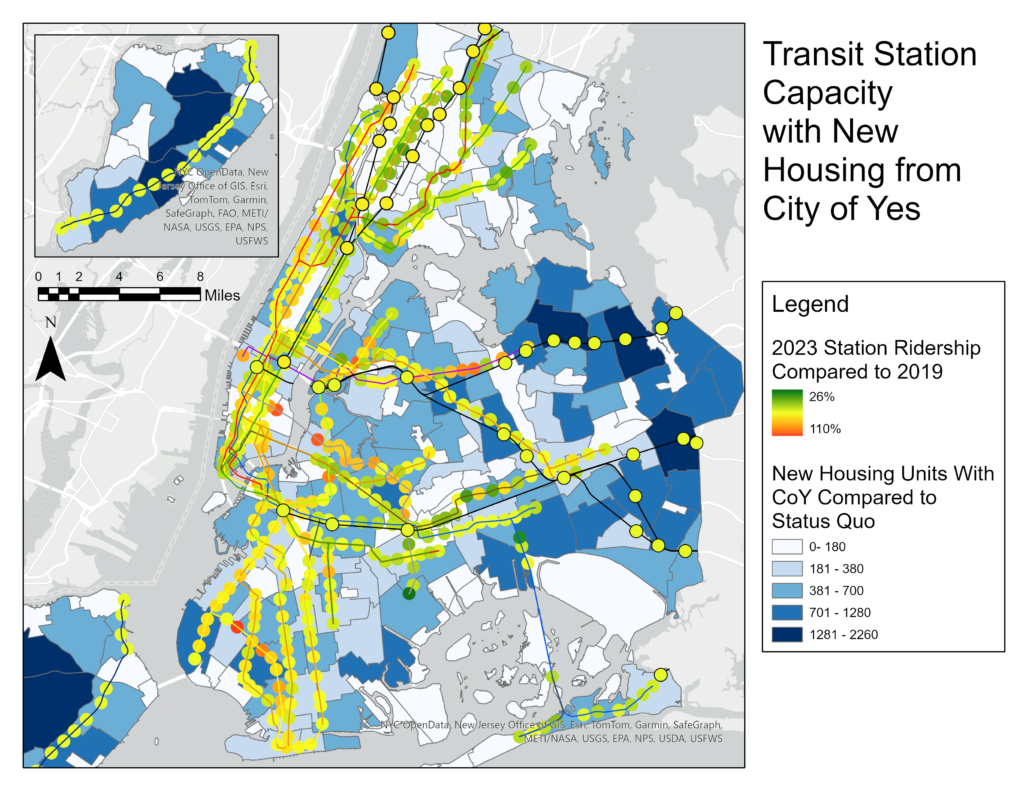
Permanent Citizens Advisory Committee to the MTA
A look at transit line capacity and expected development under City of Yes by neighborhood.The ridership uptick would mean up to $309 million in additional fare revenue each year for the MTA by 2039, according to PCAC, or a 2 percent increase for the Authority’s operating budget that could be used to improve service.
“Increasing the operating budget would certainly help free up money for additional bus service, whether that’s greater frequency, or if necessary, a modification of existing lines or new lines at some point in the future,” said Brian Fritsch, PCAC’s associate director.
“This money can be targeted, to be invested in certain neighborhoods, especially to kind of give back to…neighborhoods that develop a lot of housing and see a lot more expansive ridership,” Ross added. “Buses can be slow in the periphery of the city, trains can be infrequent. I think it’s important to show targeted investment in these neighborhoods.”
The report also calls for the city and the MTA to make it easier for new residents in these neighborhoods to afford public transit by expanding access to programs like Fair Fares, which provides half-cost MetroCards to low-income riders who meet certain eligibility requirements.
PCAC also advocates for the creation of a weekly version of the MTA’s CityTicket—a discounted fare for LIRR and MetroNorth riders traveling within the city—and that it include subway and bus transfers.
“It would be a game changer for residents in Southeast Queens and the North Bronx, and especially in some of the neighborhoods that are going to have new stations when Penn Station access opens in a few years,” said Fritsch.
To reach the editor, contact Jeanmarie@citylimits.org
Want to republish this story? Find City Limits’ reprint policy here.



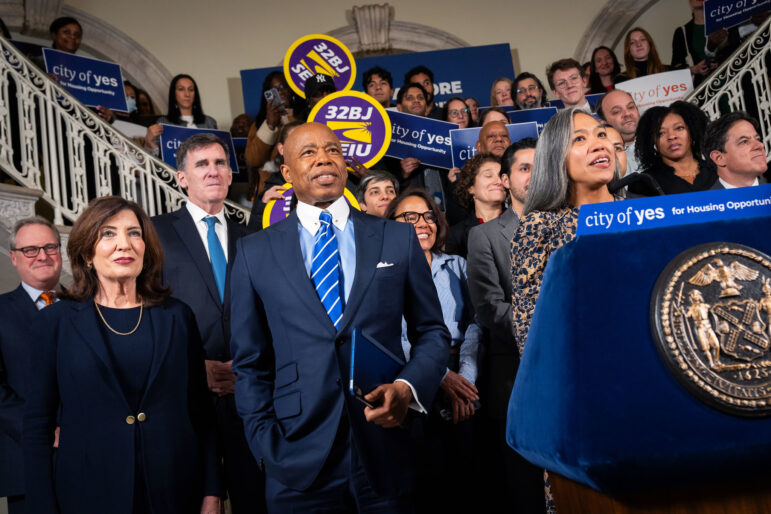
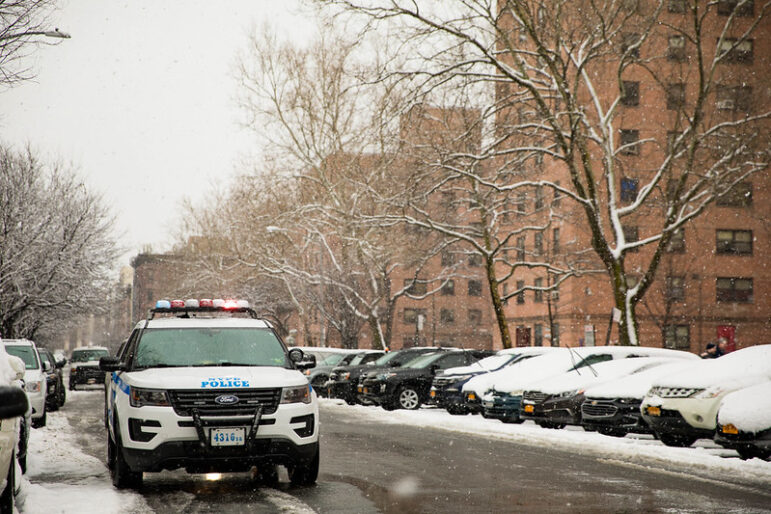
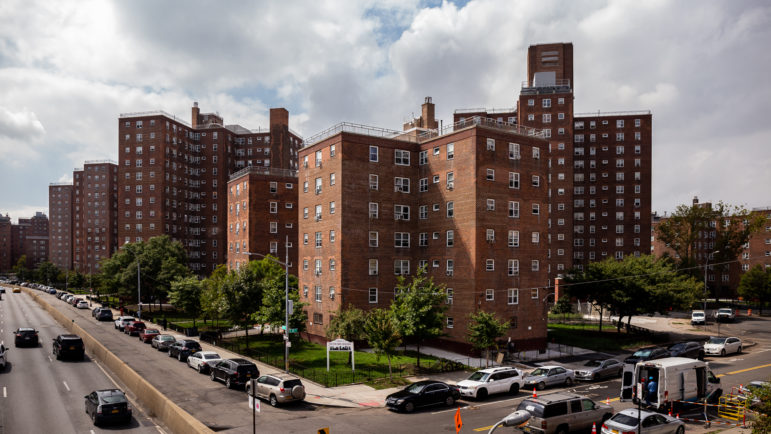
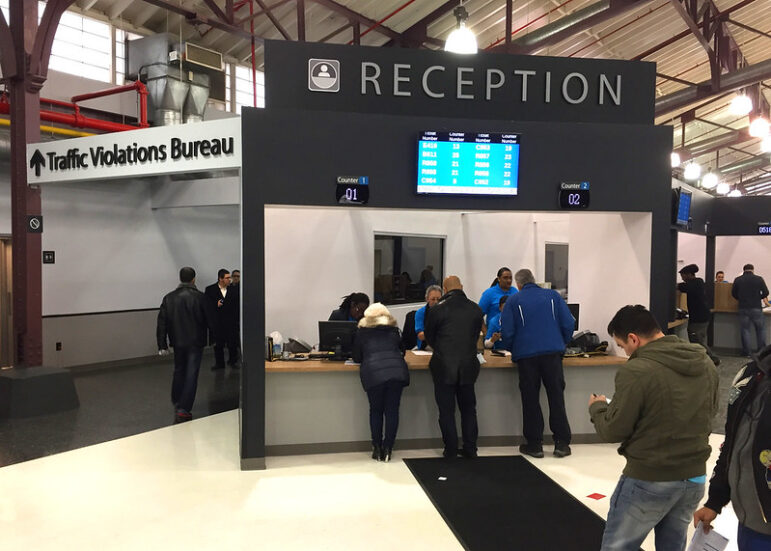


2 thoughts on “New Housing Spurred by City of Yes Offers ‘Unforeseen Boon’ for Transit: Report”
Forcing out NYC homeowners is the goal of City of Yes:
‘However, small home values could be sustained if DEVELOPERS could acquire them as potential sites for apartment buildings.’ –
https://u.pcloud.link/publink/show?code=XZWlbU0Z8snR3NTunxBoFoARjnhmXkdA7weX
Hypocrite City Planning boss Dan Garodnick lives in a $2.4M co-op in a ‘Historic District’. His home will NOT be hurt by City of Yes –
https://nypost.com/2024/10/22/us-news/nyc-official-blast-for-living-in-district-that-wont-be-touched-by-controversial-rezoning-plan/